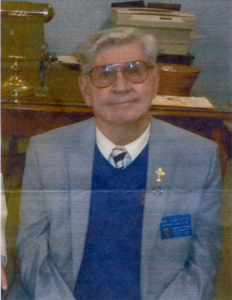The following are the words of Tom Tyner, Archway Publishing author of “The Glastonbury Gift.” Download the Archway Publishing free publishing guide for more information on our supported self-publishing services.
There is a Story inside Everyone
 As a novice, I can only speak from the heart, not from experience. First and foremost if you feel within you dwells a story then write it. Don’t mimic me and put it off. For years my family and friends encouraged me to write. With a love of history, the gift of a great memory, and a vivid imagination, I finally took their advice. A person once said, “In every person, there lies a story waiting to be told,” this I strongly believe. Writing can be gratifying and aggravating but in the end, it is the most rewarding experience. I started writing not for the monetary factor but for self-satisfaction. Once I started I couldn’t stop, I’m currently working on two books. Continue reading
As a novice, I can only speak from the heart, not from experience. First and foremost if you feel within you dwells a story then write it. Don’t mimic me and put it off. For years my family and friends encouraged me to write. With a love of history, the gift of a great memory, and a vivid imagination, I finally took their advice. A person once said, “In every person, there lies a story waiting to be told,” this I strongly believe. Writing can be gratifying and aggravating but in the end, it is the most rewarding experience. I started writing not for the monetary factor but for self-satisfaction. Once I started I couldn’t stop, I’m currently working on two books. Continue reading




